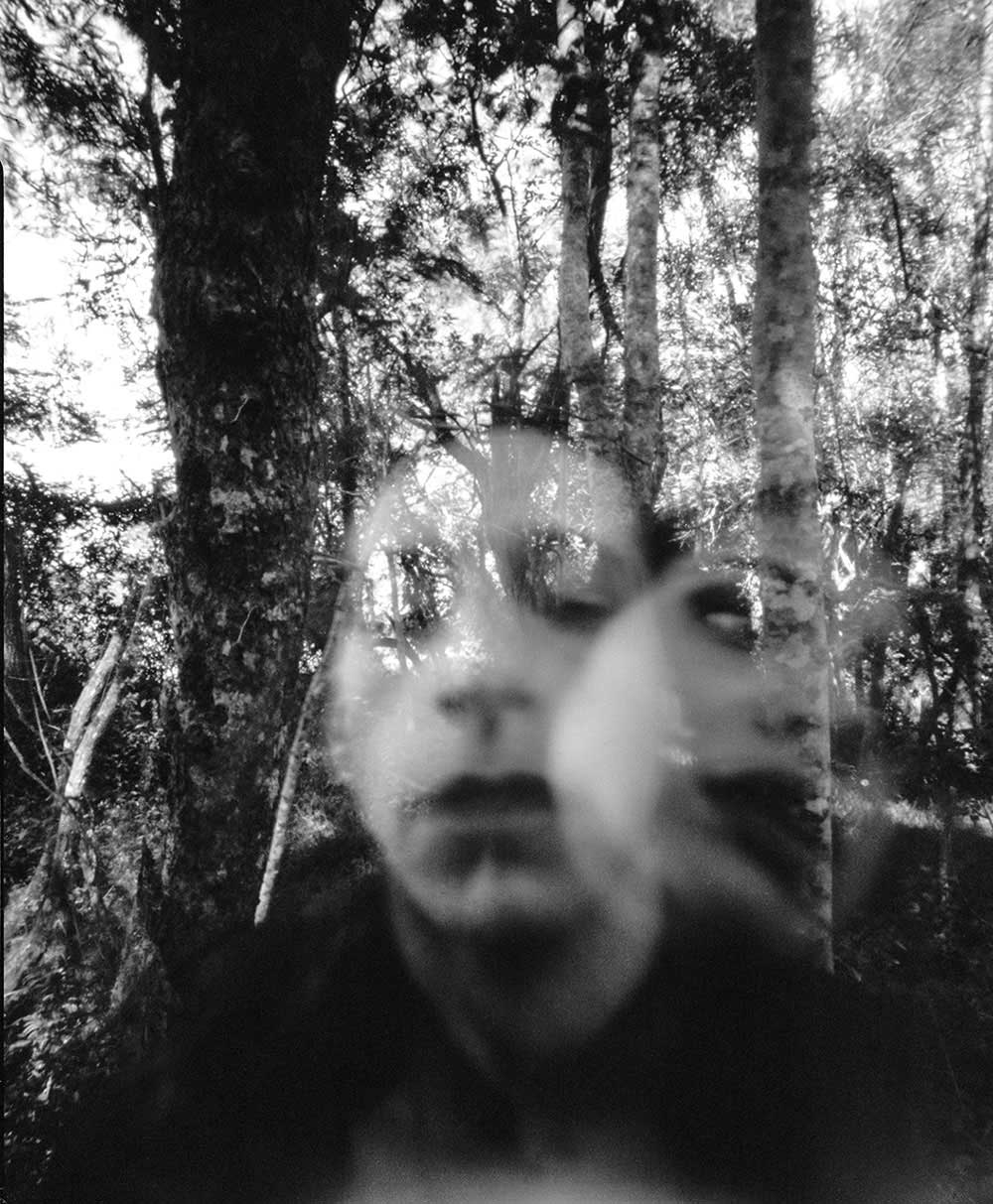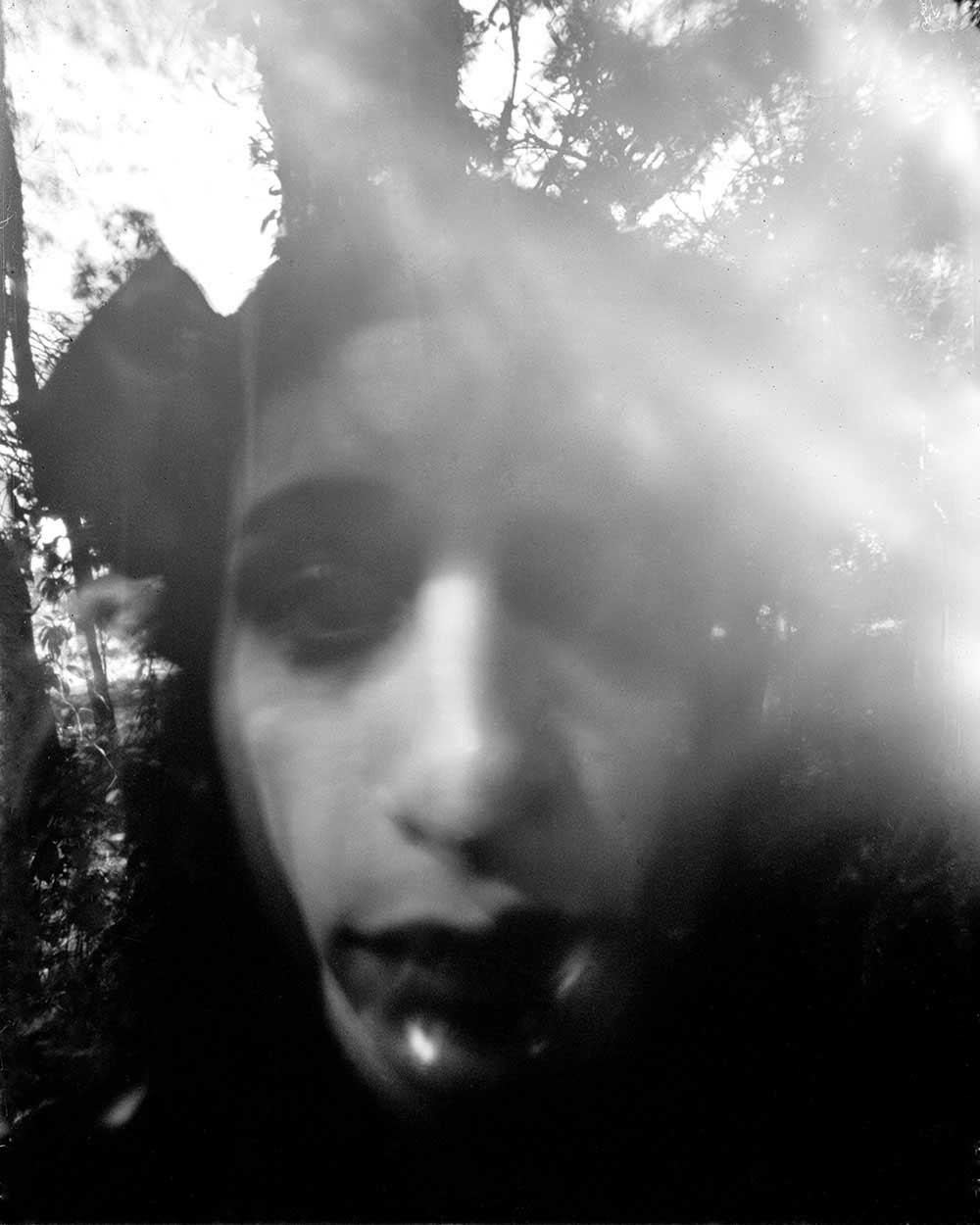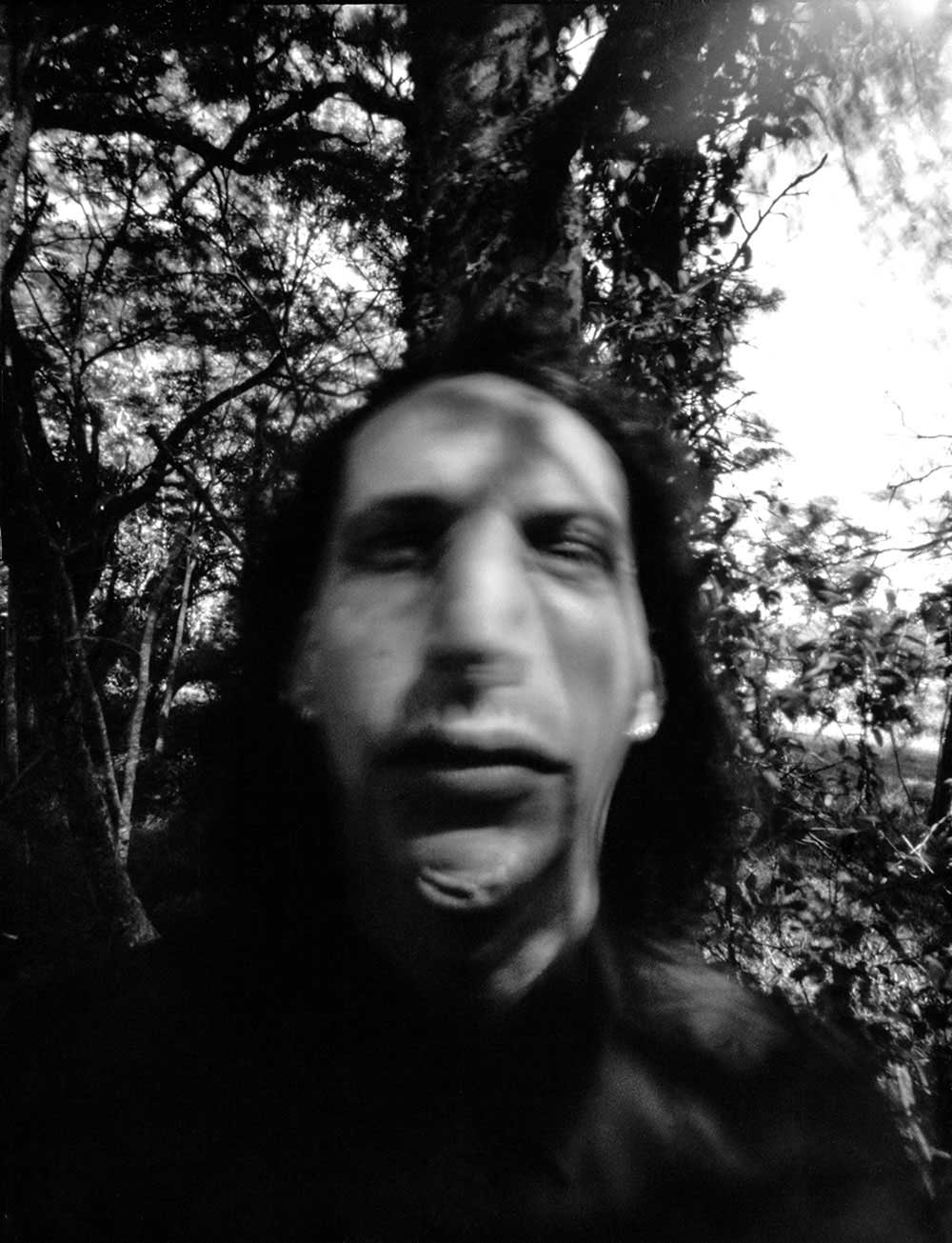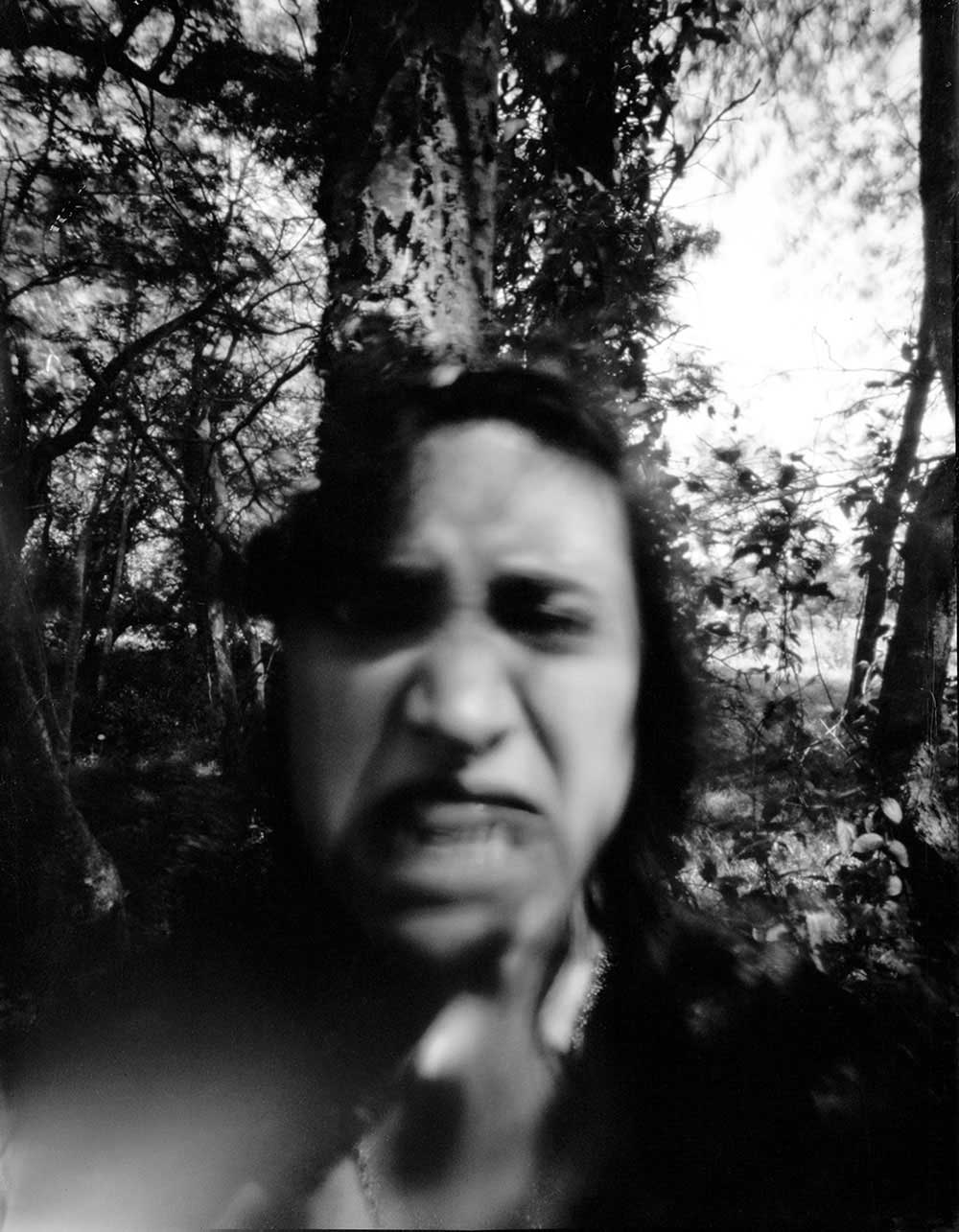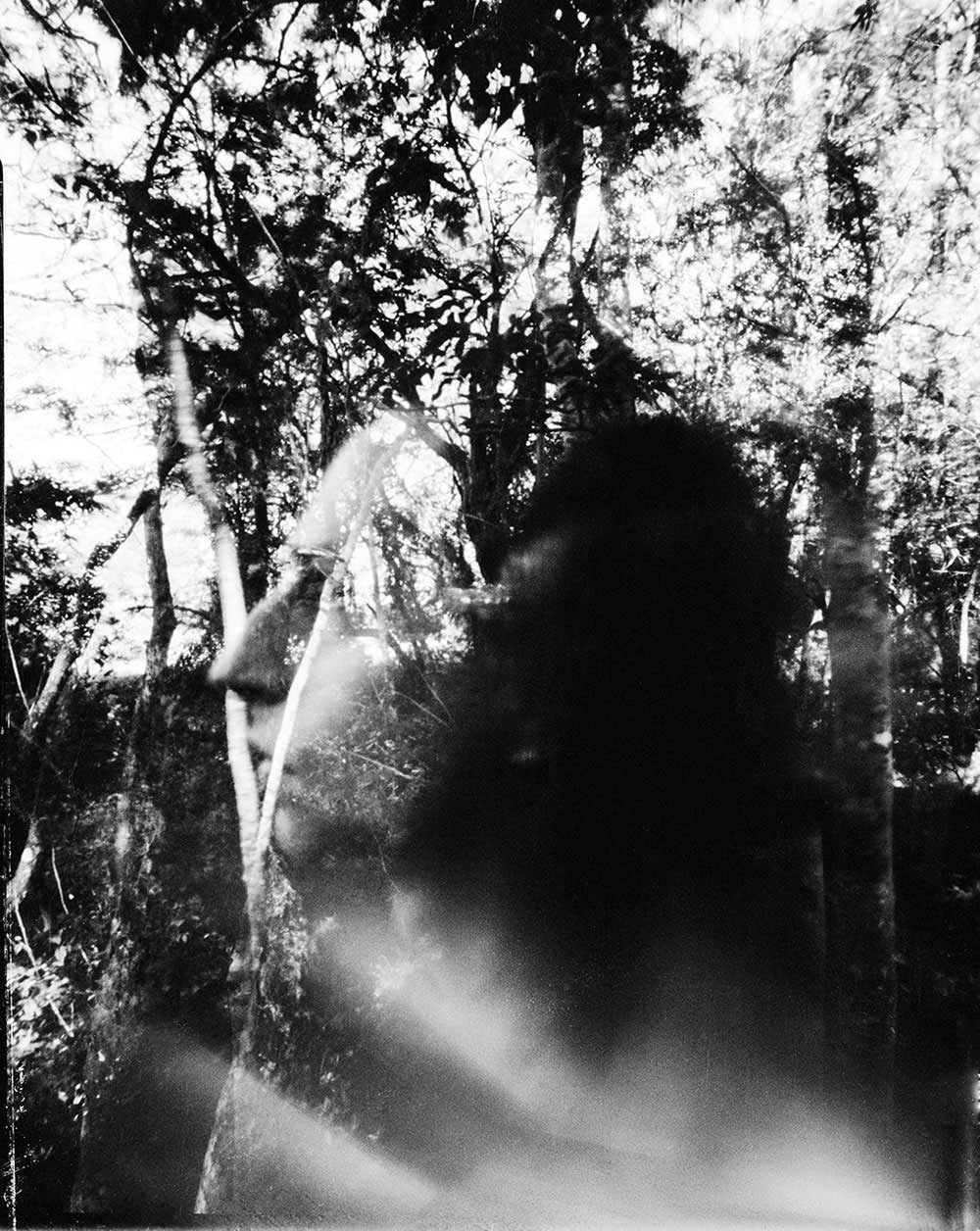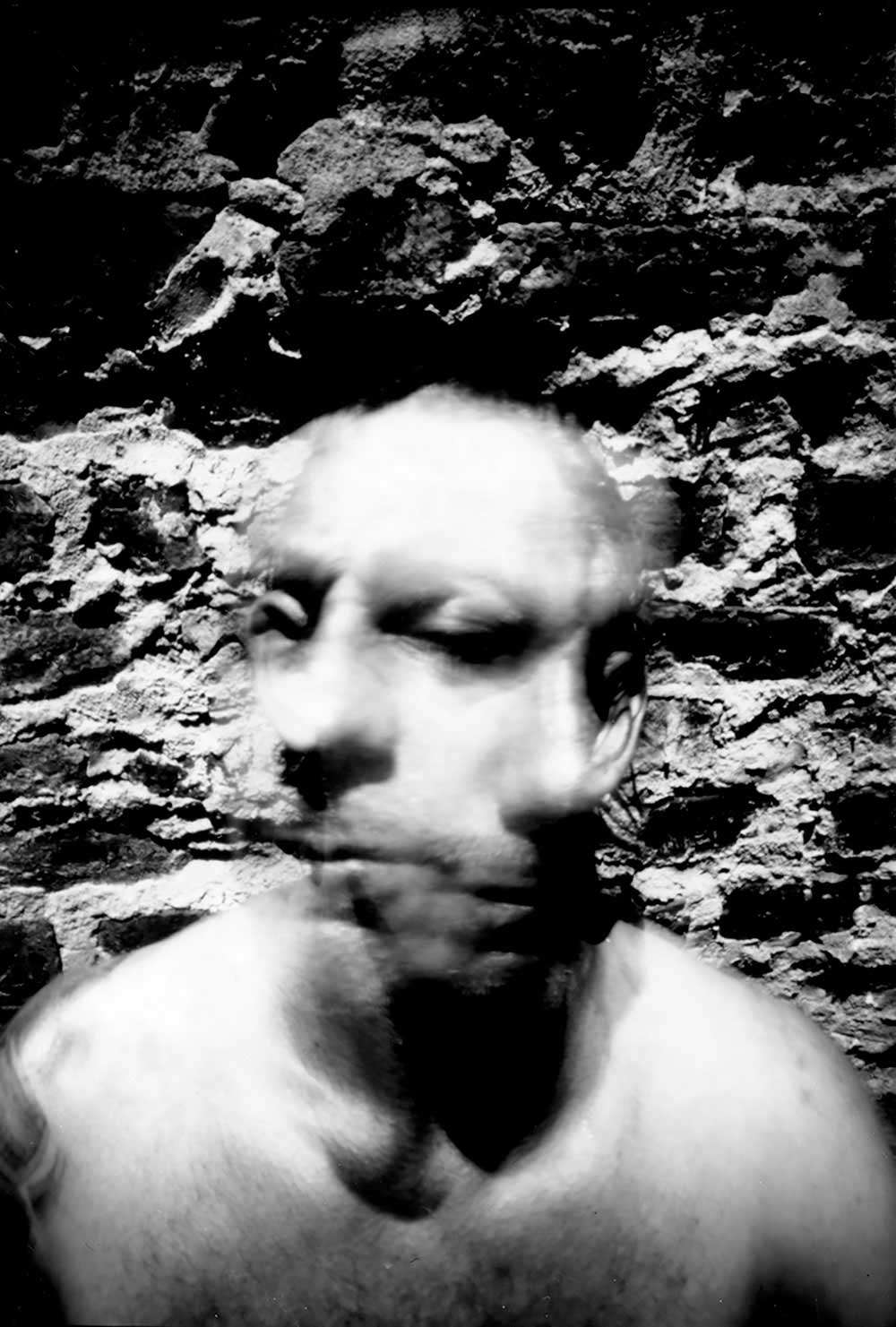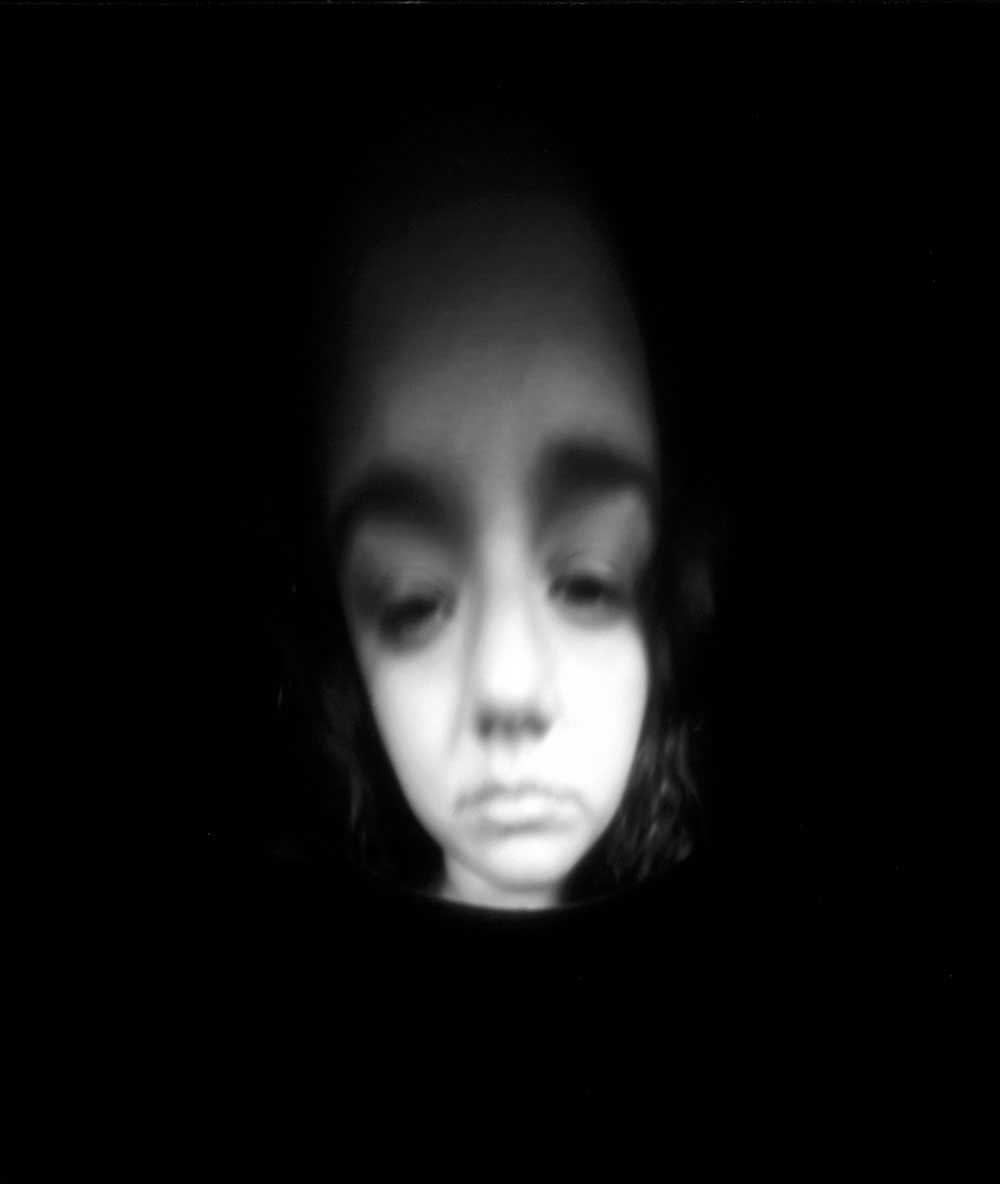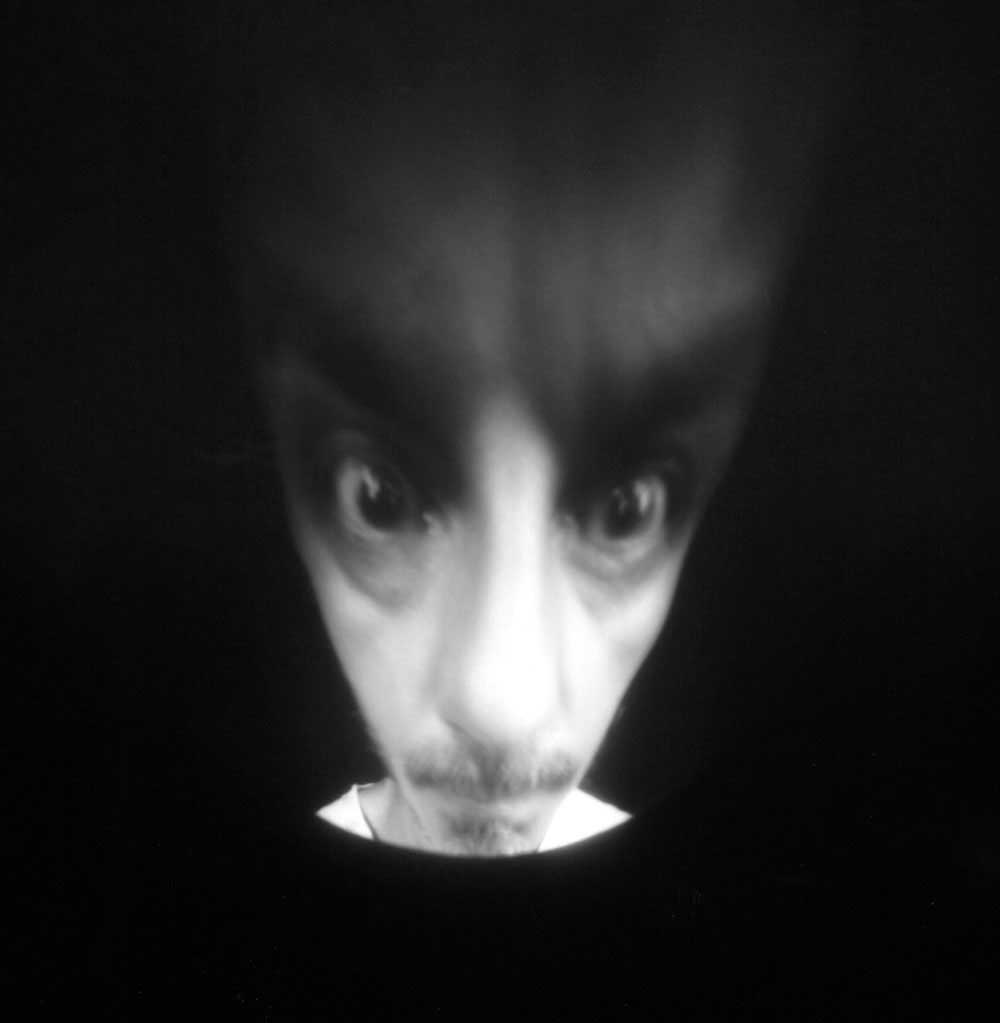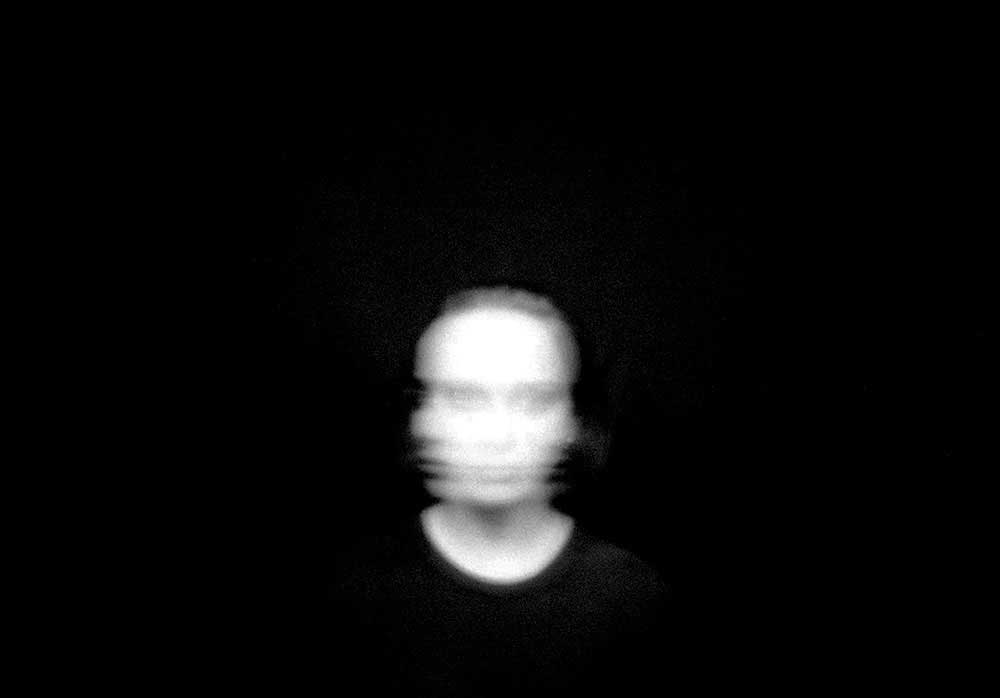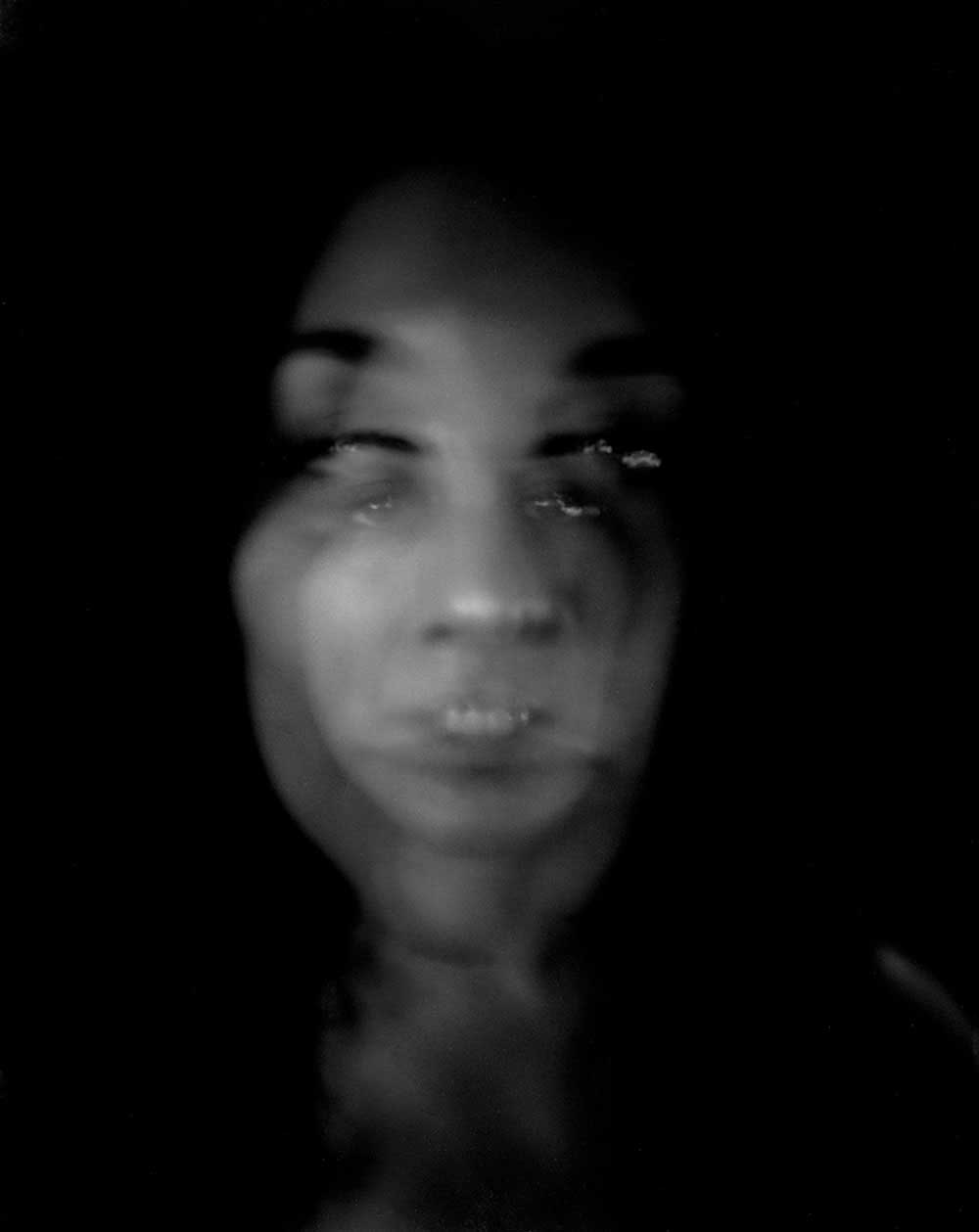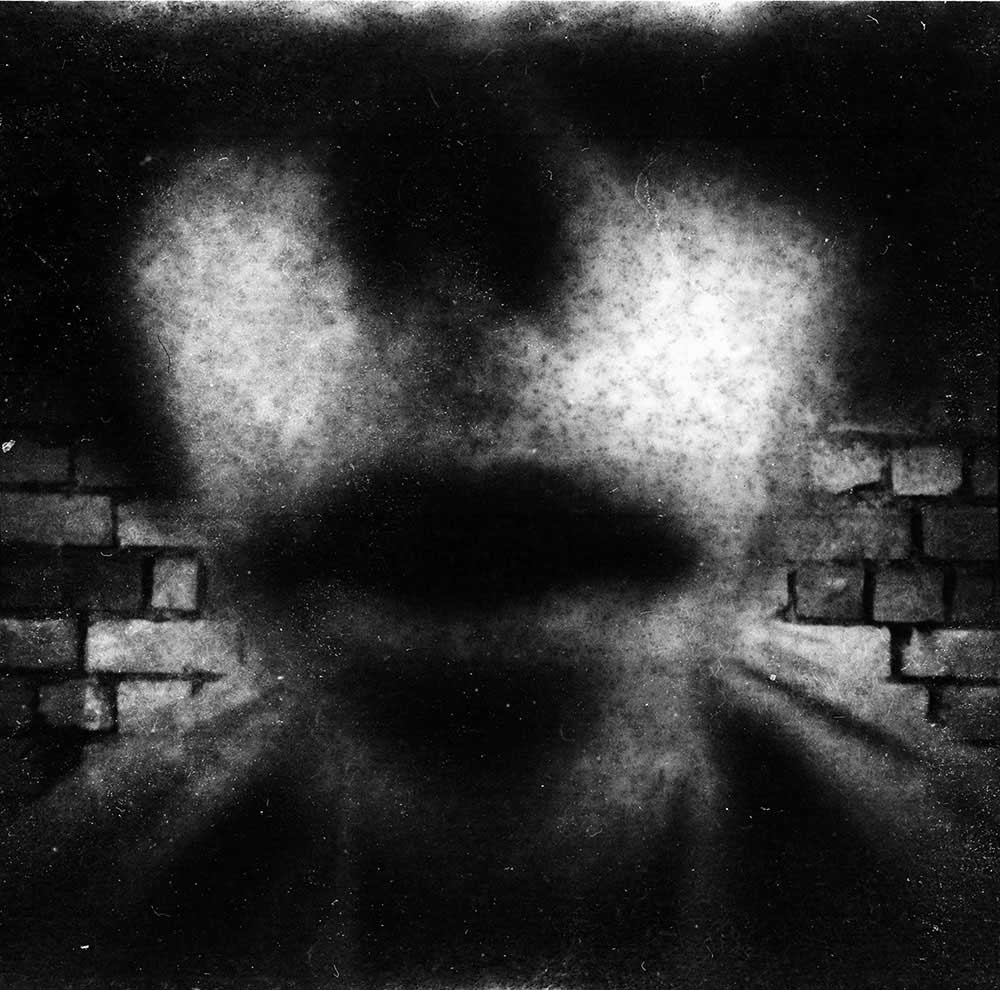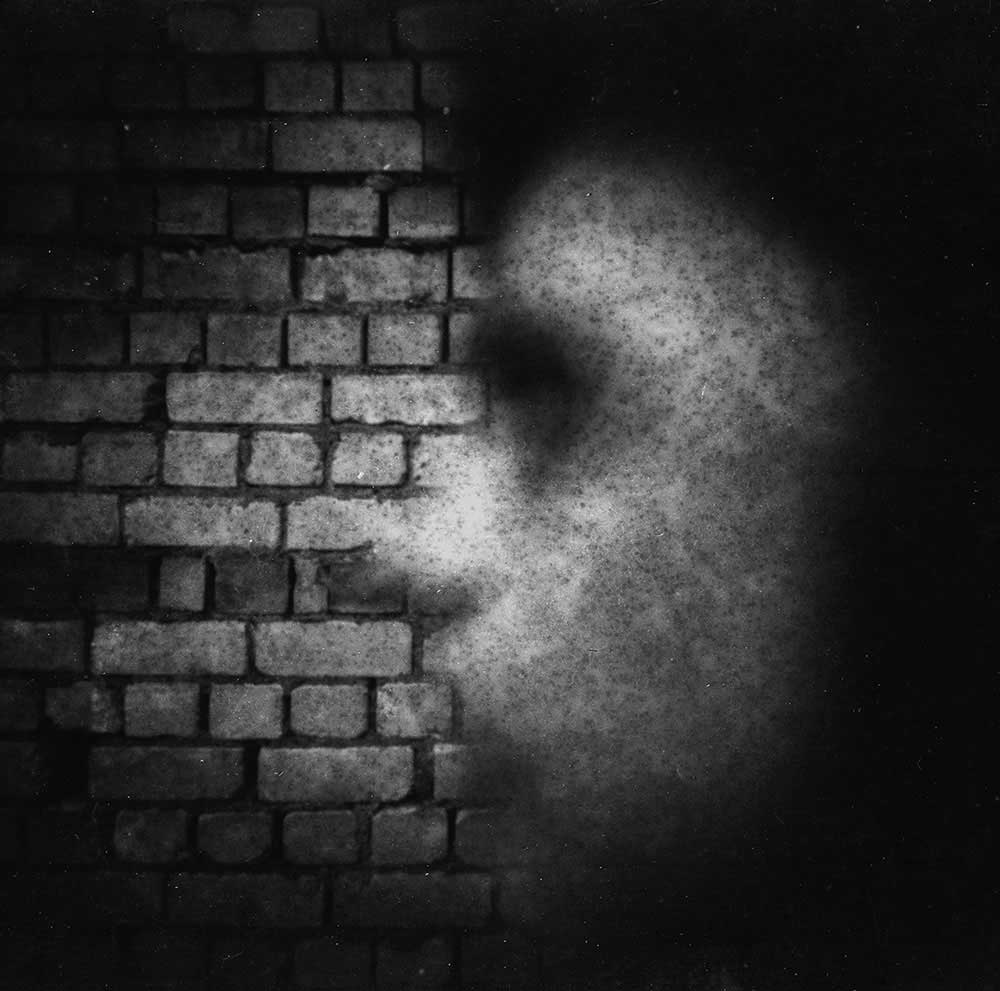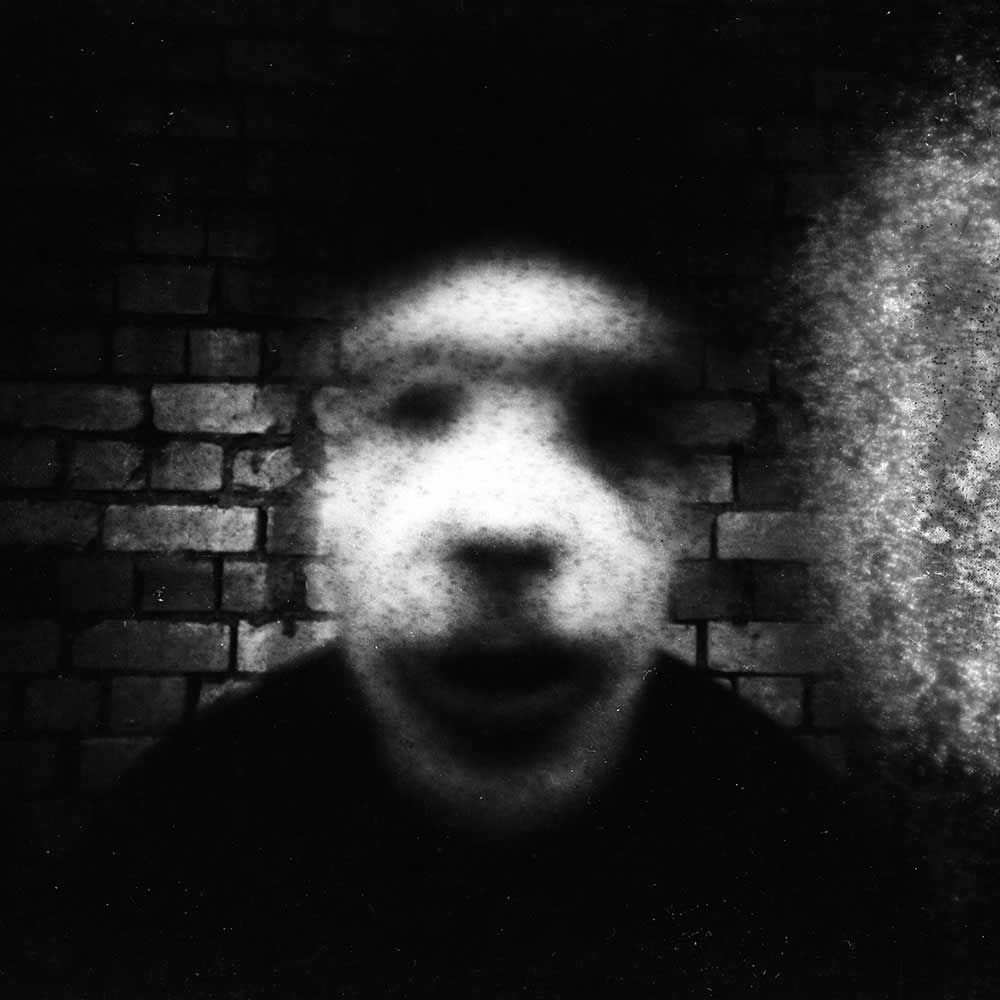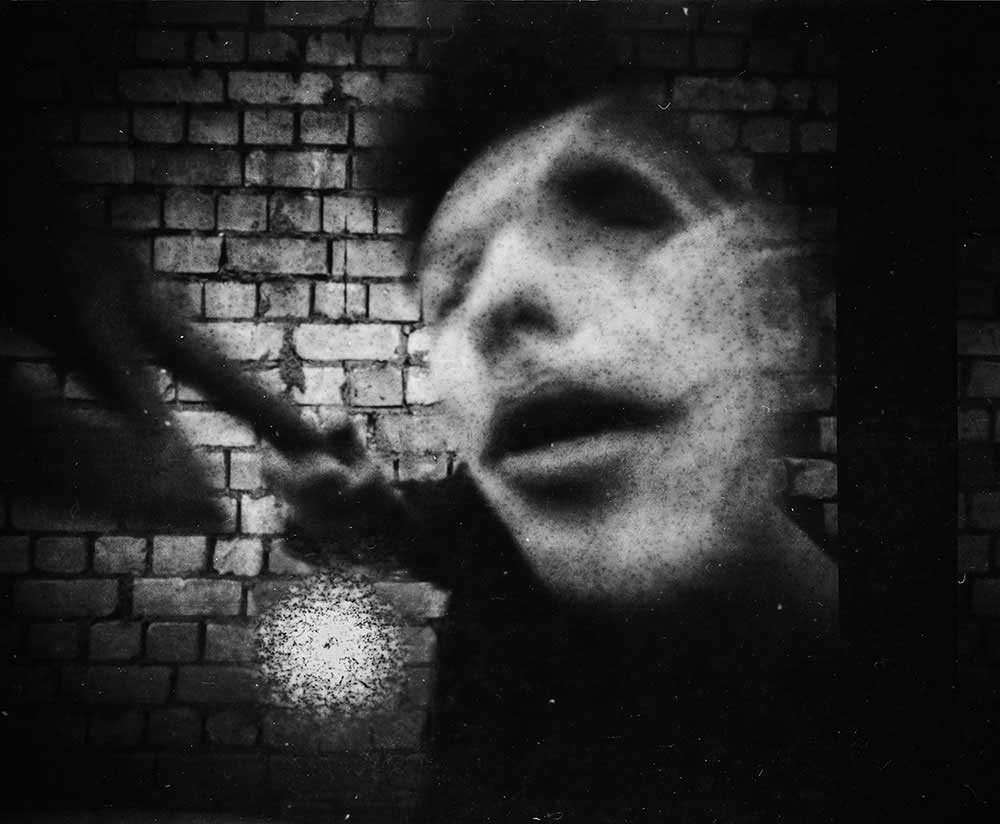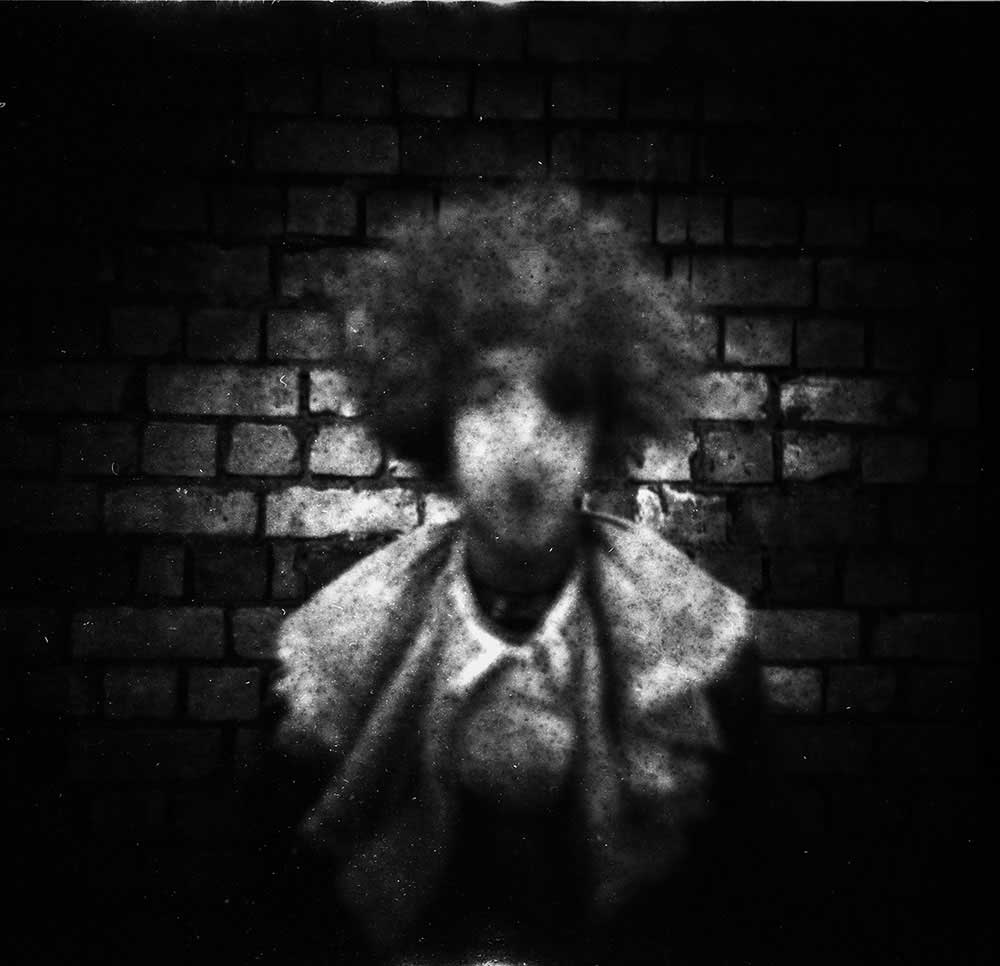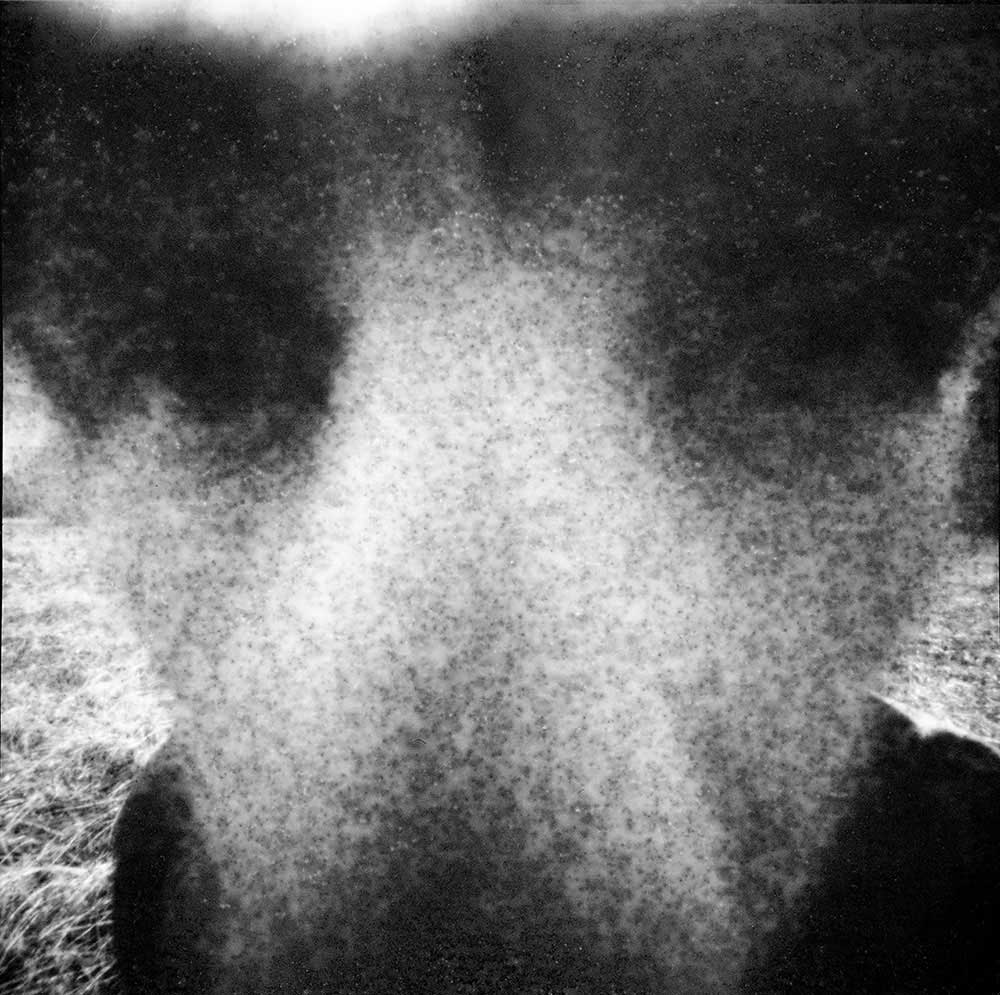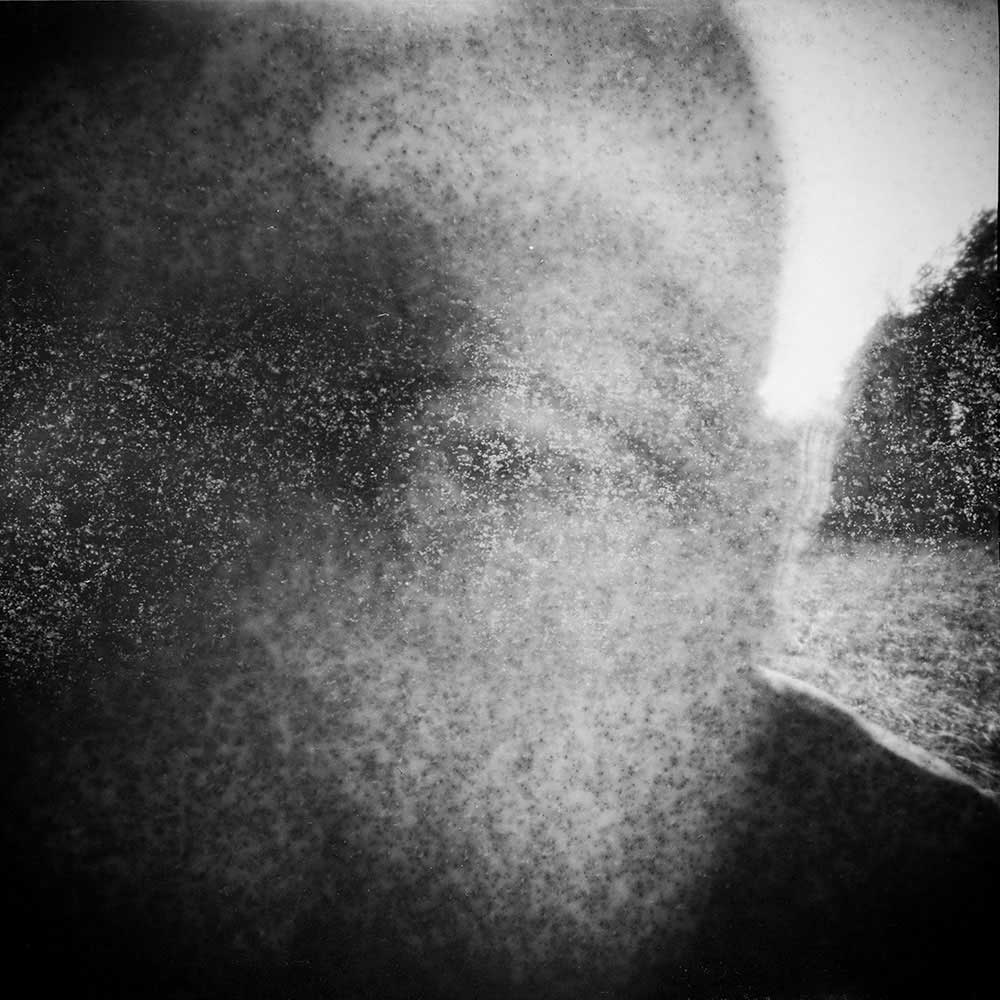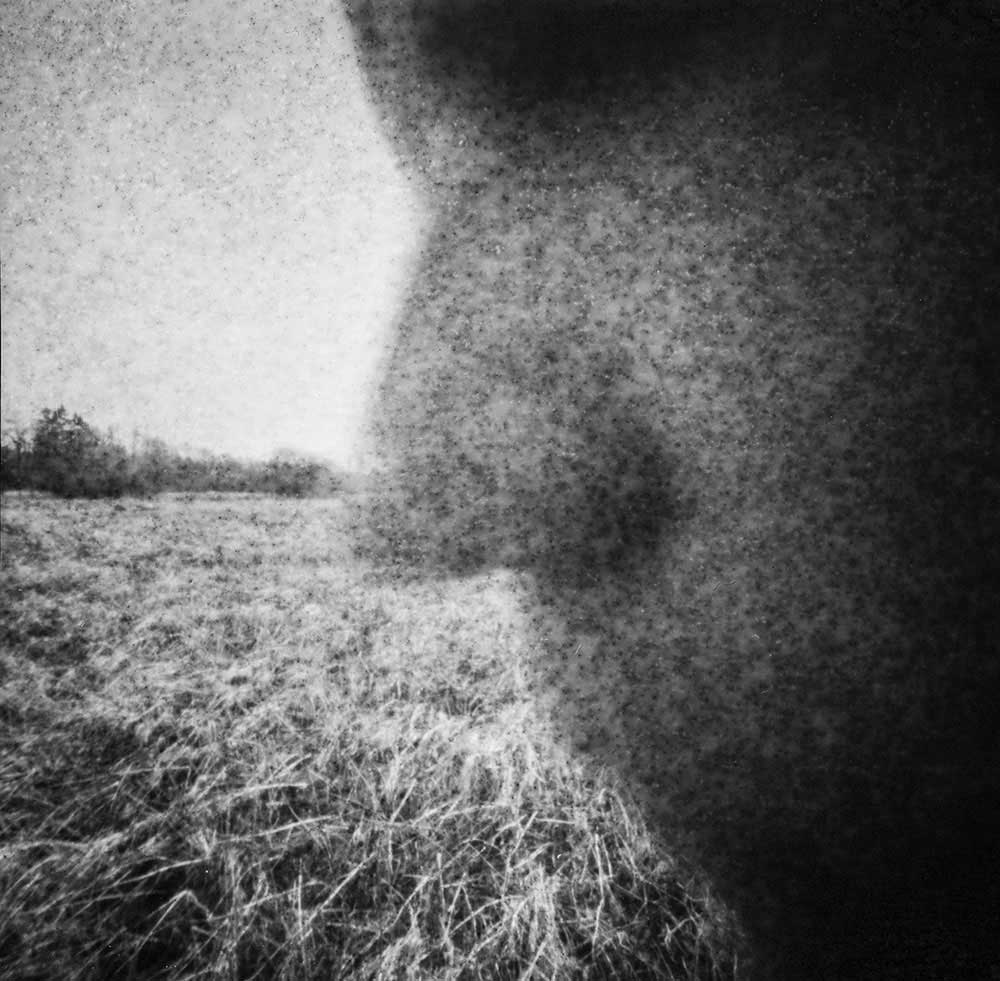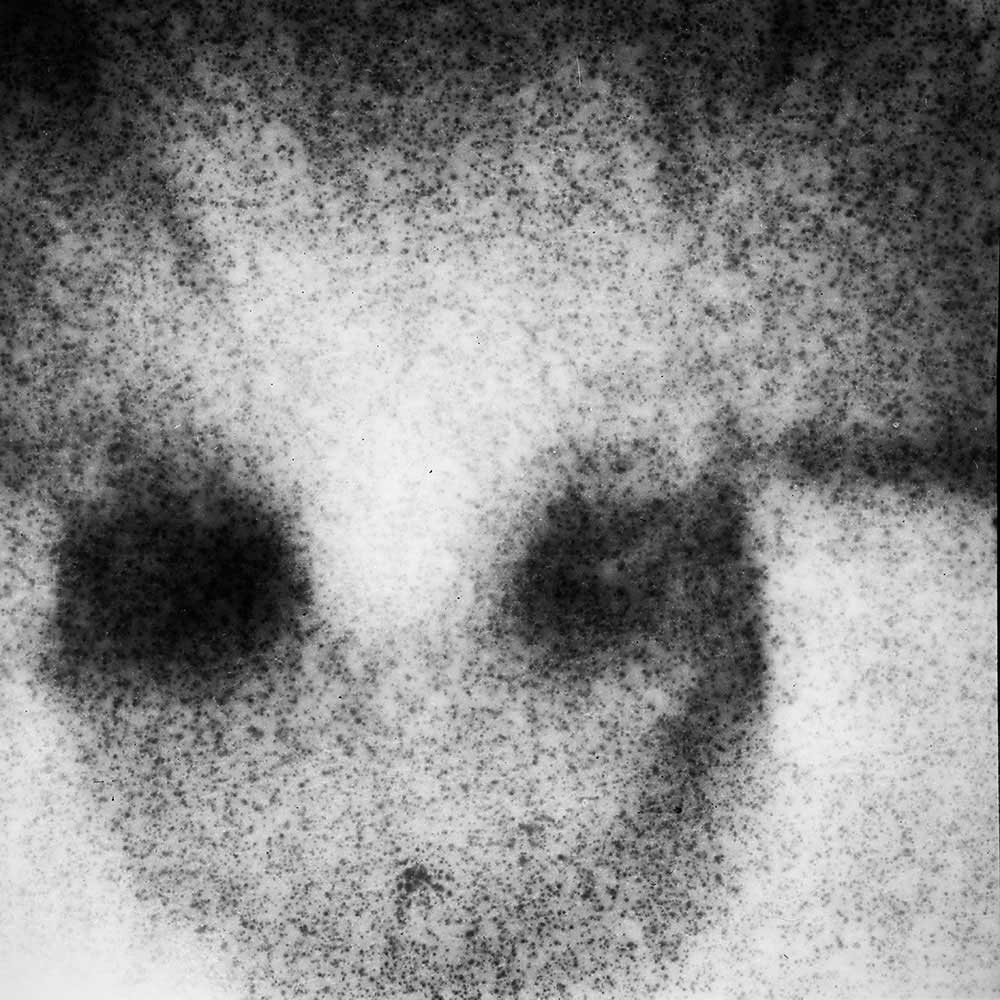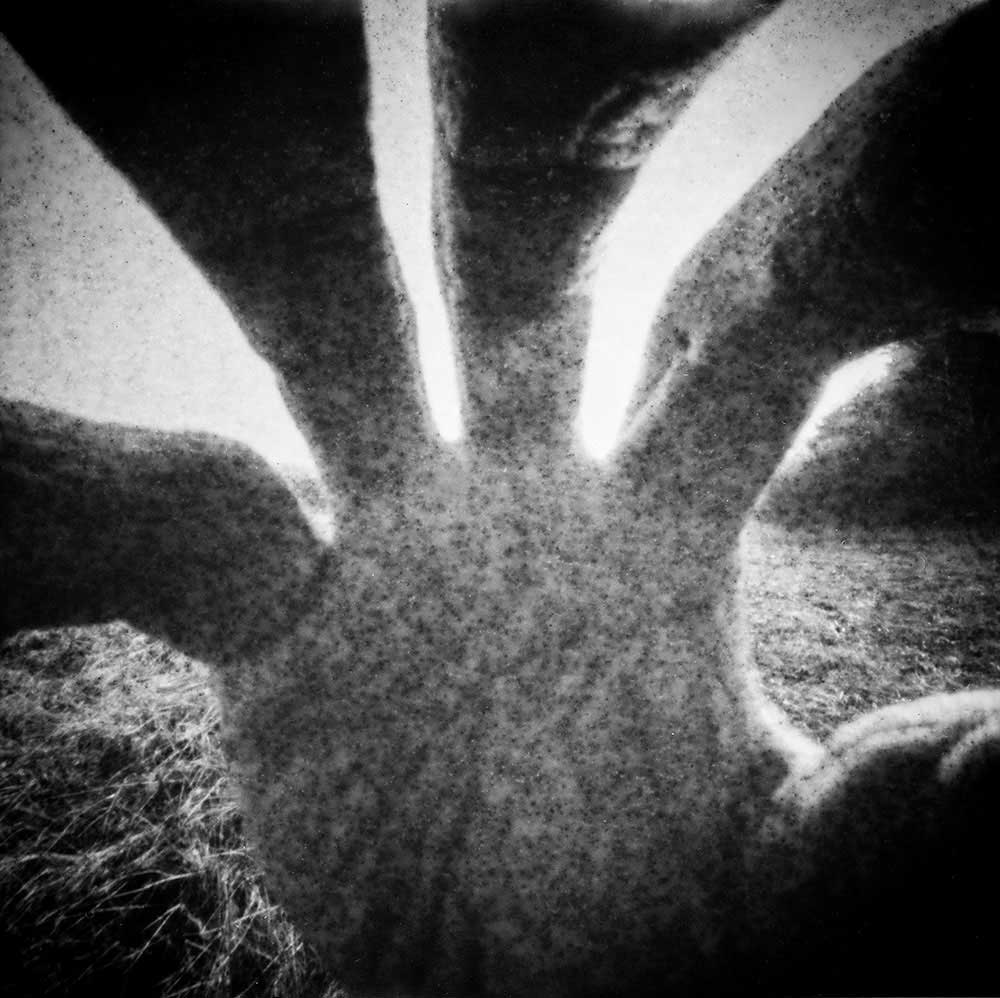How does one portray movement, or a weightless or a formless object? It is probably the most complicated task that photography has been trying to cope with since the early history of its development.
It is clear that the photography media does not register the moment in which the duration of movement becomes an eternalized object expanded through the flow of time. Though photography immortalizes only a fraction of a second, which is a fraction of the movement, yet this difference that exists between a photographic and a cinematographic frame does not prevent us from imagining and reflecting on an ongoing and perhaps never-ending movement and the phenomenon of movement in general. These thoughts on an object that is weightless, formless and frozen in the moment of movement have been provoked in my mind by the international artistic duo – Lithuanian Žilvinas Kropas and Argentinian Guillermo Alvarez. They have been developing the photographic cycle Amorfo for some time now.
Before moving on to the analysis of their work, it is important to note the essential facts of the two artists’ biographies. Guillermo Alvarez is a professional artist and teacher who lives and works in Buenos Aires, Argentina. He curates art events, organizes seminars and creative projects. He is currently the creator and main lecturer of the cultural project of visual art Camara Viajera. The artist has graduated from audio-visual media studies. Usually Guillermo Alvarez applies ancient, alternative photographic techniques – pinhole, wet collodion, cyanotype, etc. Since 2014 he participates in group exhibitions in Argentina, Mexico, Ecuador. In 2010 – 2017 Alvarez worked as a teacher of photography and alternative photographic methods. In 2015 the artist received the national award for his work in public schools. (1)
Žilvinas Kropas lives and works in Panevėžys, he is an educator and creator of alternative photography. Since 2012 the artist is a member of Panevėžys Photography Society, since 2017 – member of Gabriele’s Art Gallery (Kaunas). In 2019 he was awarded the status of Art Creator by the Lithuanian Ministry of Culture, and in 2020 Žilvinas Kropas became a member of Lithuanian Photography Association. The artist arranges personal exhibitions and is an active participant in collective exhibitions; his photographs have been exhibited in Lithuania, Poland, United Kingdom, South Korea, Vietnam, Argentina, Chile, Mexico, Belarus, etc. The creative work of Žilvinas Kropas is extensively covered in the cultural press of Lithuania, USA, France, Spain, Mexico, etc.
In the majority of photographs of the Amorfo cycle we see portraits with effuse contours, indistinct details, faces registered in a random move. The moving subjects or persons could be named unrecognized objects. This observation relates to the terms of photography analysis discerned by the philosopher Roland Barthes (1915 – 1980) (2) . Visible forms can be described as corpus, which stands for the outer body of the past that is restored to our present through an image. Interestingly, the images created by this artistic duo may be regarded as crooked mirrors that help the bodies of the past to deform, to acquire unusual shapes suggestive of fluid or fog. The fog metaphor is really relevant, because in real life objects covered by fog obtain a fragile, temporary and disintegrating view. Fog shows us the fragility, instability, movement of reality, its dependence on the changes of space and time. The international artistic duo behaves in the same way with the faces they portray.
If we agree with Barthes’ idea that corpus restores the outer body of the past through an image, we should also relate the visible deformation of the image to another concept proposed by the thinker, sténopé. It designates the hole of the lens and can be perceived as an indirect link to the phenomenon of camera obscura that marks the beginning of the technology. Consequently, the artistic duo tells us that though the very media of photography has always been trying to represent the reality as precisely as possible, yet it could never achieve absolute objectivity. The moment of replacement of reality is always there. In the audio-visual discourse everything exists in relation to the migration of visual information from space into plane, where the reality-scratching, natural, self-contained and not always programmatically anticipated moment of a mistake occurs. Kropas and Alvarez denude the mistake, they enlarge it and demonstrate it to us not as a phenomenon of a technical solution, but as an aesthetic approach. Amorfo emphasizes the photographic conflict of an object and a subject during the moment of transformation from life in to non-living and vice versa.
R. Barthes has also noted that photographic images enhance the category of spectrum, i.e. the image features something that is similar to a spectre and operates like in a spectacle. The registered object performs the reality for us. Thus in photographs we see ‘another’ that points to the separation between consciousness and identity.
R. Barthes also spoke of the two layers that can be found in the photographic image – studium and punctum. The philosopher says:
Studium (lot.) – […] doesn’t mean, at least not immediately, “study,” but application to a thing, taste for someone, a kind of general, enthusiastic commitment, of course, but without special acuity. It is by studium that I am interested in so many photographs, […] it is culturally (this connotation is present in studium) that I participate in the figures, the faces, the gestures, the settings, the action.
Punctum (lot.) – […] it is not I who seek it out (as I invest the field of the studium with my sovereign consciousness), it is this element which rises from the scene, shoots out of it like an arrow, and pierces me. […] it also refers to the notion of punctuation, and because the photographs I am speaking of are in effect punctuated, sometimes even speckled with these sensitive points […] This second element which will disturb the studium I shall therefore call punctum; for punctum is also: sting, speck, cut, little hole – and also a cast of the dice. A photograph’s punctum is that accident that pricks me (but also bruises me, is poignant to me). (3)
Studium in photographs, according to Barthes, is everything that can be objectively discussed (composition, light, form, contrast, colour palette, etc.), while punctum is what seems to be “cracking” in the photographic narrative, i.e. the registered moments, discerned elements producing meaningful and suggestive associations that may be interculturally recognizable and are easily identified. They can also be aggressively provoking personal insights and observations quite distant from the shapes formally registered in the image. I have to note that the photographic dialogue of Kropas and Alvarez lead me towards the labyrinths of punctum.
Now let us talk about the phenomenon of the portrait that Kropas and Alvarez deconstruct in their works. The portraits that they create invite not the questions about what is depicted in the photograph, what identification elements allowing to name a personality dominate, but they invite to actualize what is happening to us, the viewers. Here it is important how we accept the fearful, formless faces in the image that seem to represent half-dead-half-alive ghosts. This transparent, scattered portrait is much more intimate than the one where a person can be easily identified. It is because Kropas and Alvarez create images enshrouded in mystery. Here from the very start of the act of looking till its very end strangers remain bizarre anonyms, non-named others.
Reflecting on the phenomenon of movement in photography the work of Kropas and Alvarez directs us to Henri Bergson (1859 – 1941) (4). The thinker considered creativity the highest value that distracts a human being from his quotidian life, transferring him into the spiritual layer of reality perception. In this way one’s personal “I” and its relation to the present world disappear. Through creation the dramas of the inner world unfold, like the necessary supplement that allows the understanding of reality and personal improvement, related to time and duration. Here duration is the dominant element, divided into two sub-elements: the real duration (creation) and just duration (the creative principle characteristic to the field as the cinematographic movement) (5). In this case it is possible to claim that Kropas and Alvarez prefer the just duration that affects us, even though it is expressed in a single photographic shot. The just duration is characterized by division, distribution and combination (6). So if we look at the works of both artists exhibited in one space, we will definitely experience the impression of the just duration, as the sequence of images in the exhibition may be changed and reassembled anew; shots located next to one another create a contrast and a common linear narrative at the same time.
The real duration should be perceived as the creator’s intuition, and in the just duration Kropas and Alvarez demonstrate their intellect, ability to grasp the moments in time, to separate, divide them and eternalize in an image. Therefore the totality of the work of the two artists may be regarded as a cinematographic tape or a kaleidoscope of images where spectres that cannot be easily identified appear, scratching on the surface of our reality and forcing us to think about its realness, or perhaps falsification. [Prof. dr. REMIGIJUS VENCKUS | Humanitarian sciences, Art criticism (03H). Art history (H310)]
(1) Alvarez, G., Kropas, Ž., Venckus, R. (2021-01-20). Correspondence by e-mail.
(2) Barthes, R. (1982). Camera lucida: Reflections on Photography. New York: Hill and Wang. Translated by Richard Howard.
(3) Ibid, p. 26 – 27
(4) See Bergson, H. (2004). Kūrybinė evoliucija (Creative Evolution). Vilnius: Margi raštai. Translated from French by Petras Račius.
(6) Andrijauskas, A. (2008). Gyvybinis polėkis: Bergsono filosofijos interpretacijos (The Rush of Vitality: Interpretations of Bergsonian Philosophy). Vilnius: Lietuvos kultūros tyrimų institutas,p. 41.



